You’ve probably heard the name in textbooks, news reports, or maybe as something that happened “back in the day.” But cholera isn’t gone. It’s not just some forgotten illness from centuries ago. It still exists — and in many parts of the world, it still kills.
At its core, cholera is a bacterial infection that spreads fast and drains the body even faster. When left untreated, it can turn deadly in a matter of hours. Most outbreaks happen where clean water and sanitation are lacking — and yet, it only takes a few simple steps to prevent it.
So, What is Cholera Exactly?
Let’s get the definition out of the way: Cholera is an acute diarrhoeal disease caused by the bacteria Vibrio cholerae. It mostly affects the small intestine and can lead to severe dehydration.
Now, here’s where it gets serious. The diarrhoea caused by cholera isn’t the mild, inconvenient kind. It's sudden, it’s extreme, and it looks like cloudy water — often described as “rice water stools.” That one symptom alone can cause the body to lose litres of fluids in just a few hours.
And no — cholera isn't a virus. That’s a common mistake. It's bacterial. The idea of a “cholera virus” just isn’t accurate. The treatment, response, and prevention are all based on bacterial management.
How Do People Get Cholera?
Cholera doesn’t spread through the air, like the flu. It comes from contaminated food or water. Usually, this happens in areas where sewage leaks into drinking water or where hygiene practices aren’t up to mark. One infected person can shed millions of bacteria in their stool — and if that stool ends up near a water supply, the bacteria spread fast.
A few everyday examples:
- Drinking water from a tanker that hasn’t been cleaned
- Eating raw veggies washed in unsafe water
- Not washing your hands after using the toilet
You don’t need to be in a slum or a refugee camp for cholera to strike. A few missed steps in food handling or water storage can be all it takes.
Symptoms
Not everyone who gets exposed to cholera bacteria falls violently ill. Some people have mild symptoms, and others show none at all. But in severe cases — which can develop quickly — the signs are hard to miss.
Common symptoms include:
- Sudden, watery diarrhoea that’s pale and runny
- Vomiting, often with no warning
- Extreme thirst
- Muscle cramps from salt loss
- Dry skin, sunken eyes, and a weak pulse
- Dizziness or confusion from dehydration
Children and older adults are especially at risk, and dehydration can set in frighteningly fast — sometimes within just a few hours. That’s what makes cholera so dangerous. You could feel fine in the morning and be critically ill by nightfall.
Diagnosis
In most outbreak zones, doctors don’t wait too long to act. If a patient arrives with watery diarrhoea and signs of dehydration — especially in a known cholera-prone area — treatment starts immediately.
Still, a lab test is used to confirm. A small stool sample is taken to check for Vibrio cholerae. Some clinics use rapid diagnostic kits, especially when time is critical or labs are overwhelmed.
Treatment
Cholera might sound terrifying, but the treatment is actually very straightforward.
The first and most important step is rehydration. The body needs fluids, and it needs them now. That’s why packets of ORS (Oral Rehydration Salts) are considered lifesavers. They’re cheap, effective, and often enough to help the body bounce back.
In more serious cases, patients are given IV fluids and sometimes antibiotics. The antibiotics don’t cure cholera, but they help reduce the duration and volume of diarrhoea — which buys the body time to recover.
For kids, zinc supplements may also be prescribed. They help the gut heal faster and reduce the risk of further diarrhoea.
With proper treatment, most people recover fully within 3 to 6 days.
Prevention
Absolutely — and prevention is almost always easier than cure.
Here’s what works:
- Boil or filter your drinking water, especially during the monsoon or in areas with poor sanitation
- Wash your hands before eating and after using the toilet — with soap, not just water
- Avoid raw or uncovered street food
- Peel fruits yourself, and skip anything that might’ve been washed in tap water
- Keep toilets clean and covered
In some regions, oral cholera vaccines are available, especially before travel or in high-risk zones
Clean water. Clean hands. Safe food. That’s it. That’s the real protection.
Conclusion
Cholera is fast, brutal, and sometimes fatal — but it’s also beatable. With basic awareness and access to clean water, it can be prevented almost entirely. Still, in areas where infrastructure falls short, outbreaks continue to claim lives.
So the next time someone mentions cholera, you’ll know: it’s not just about dirty water. It’s about urgency. About recognising symptoms early, acting fast, and never underestimating the power of something as simple as clean hands













 7982100200
7982100200

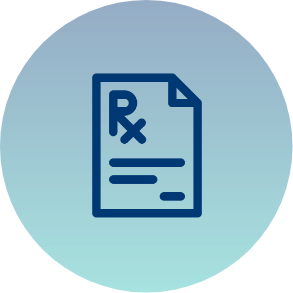



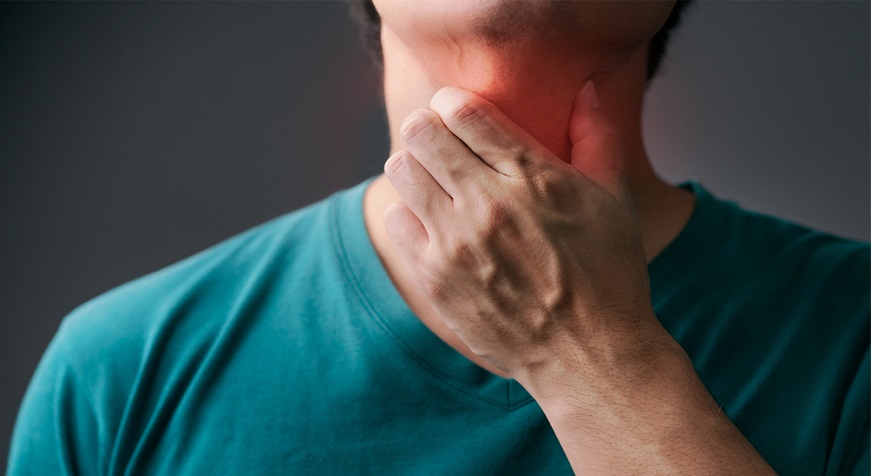




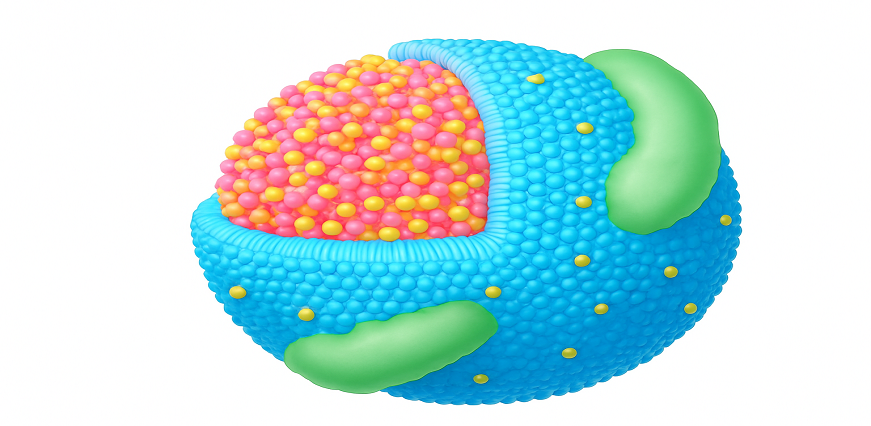



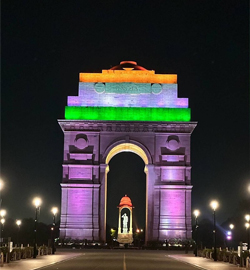

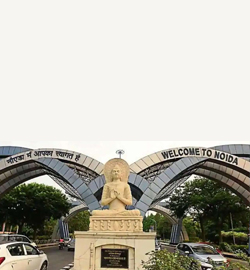

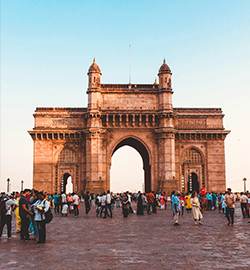
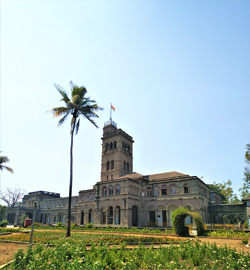

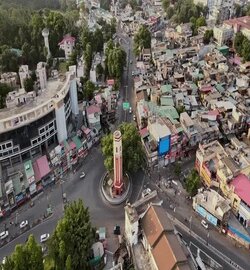


 To reach our help desk call 9213188888
To reach our help desk call 9213188888.png)
Comments